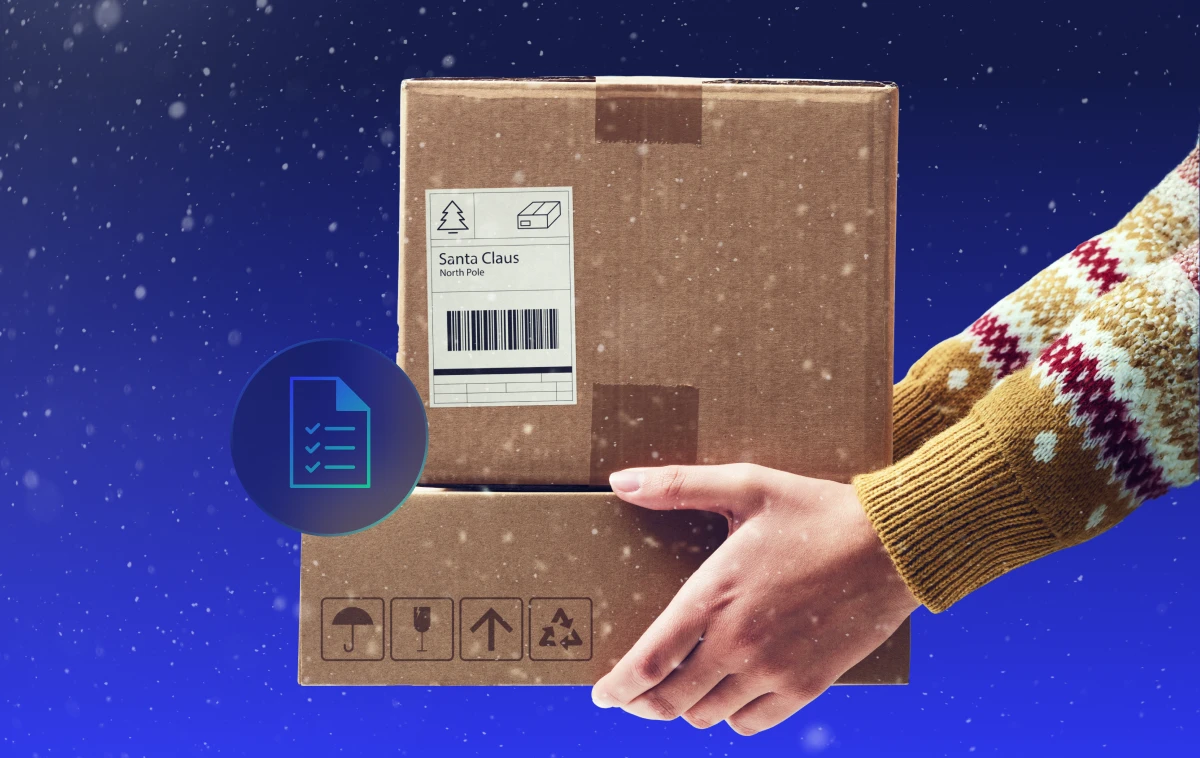
AI-powered delivery date estimates to boost conversion
Give shoppers peace of mind and protect and grow your bottom line
Personalized tracking experiences to build brand loyalty
Returns and exchanges management to mitigate fraud and reward best customers
Proactive communication to drive customer lifetime value
Delivery claim management to tackle fraud and build trust
Why You Should Modernize Your Patient Experience

Few relationships require more intimacy, trust, and privacy than the one between a health provider and a patient. The stakes are high whether it’s a pharmacist, testing lab, optometrist, dental or medical supply, equipment or device provider — sometimes literally a matter of life or death. Yet the industry is caught in an odd spot: consumers demand more from every relationship they have in the digital age, taught by Netflix and Uber what convenience and on-demand service should look like, while most healthcare systems are archaic, disconnected, fragmented, and just plain user-unfriendly.
“Similar to the scenarios that have played out in other industries like e-commerce, healthcare providers are now being judged by the digital experience they provide their patients,” said Florian Otto, founder and CEO of Cedar, a patient payment and engagement platform.
It’s true that new arrivals like One Medical, Fitbit, and Pillpack have leap-frogged incumbents and are starting to meet these expectations, disrupting healthcare in the same way that DNVBs (digitally-native, vertically-integrated brands like Warby Parker and Glossier) disrupted retail by starting fresh without the shackles of legacy systems. Even traditional providers like CVS and Walgreens have transformed their customer experience by pushing hard into digital and staying focused on convenience. They offer mobile apps for easy prescription refills, online shopping for essentials, and services from “doc in a box” clinics to ear piercing to parcel pickups and drop-offs, all to help their customers save time and effort.
The importance of the online patient experience
The COVID-19 pandemic has accelerated the shift towards digital, making it more urgent to focus on the online experience for patients. During the first few months of lockdown, not only was there a sharp increase in adoption of telehealth services, but mail-order prescriptions surged 21% over last year. In their study “The Consumerization of Healthcare”, Adobe & eConsultancy found that “the experience healthcare consumers expect is responsive, convenient and digitally-enabled. The priority on convenience seen throughout the study is a reflection of stress. Modern consumers feel pressed for time and are grateful for any innovation or process that can help them understand what they’re dealing with in clear terms and fulfill their obligations more easily.”
The COVID-19 pandemic has accelerated the shift towards digital, making it more urgent to focus on the online experience for patients.
Besides driving patient satisfaction, this focus on convenience and transparency has proven to deliver results to the bottom line. PwC’s research shows that “73% [of consumers] point to experience as an important factor in their purchasing decisions, behind price and product quality. Customers are willing to pay more for the experience qualities that matter most to them: 43% of consumers would pay more for greater convenience.”
This expectation holds true regardless of industry: retail, banking, restaurants, healthcare — all are being held to the same yardstick for experience. Given the heightened stakes for health & medical products and services, it’s critical for providers to reassure patients with proactive, private communications, especially after a purchase or procedure.
Besides the usual porch piracy concerns that come with any delivery, there are additional issues with timeliness and security: will my meds arrive in time, or will I need to get an interim prescription filled to tide me over? Will it be more likely to be stolen if it’s obviously medication or high-ticket equipment or supplies? Will I be embarrassed or compromised if someone else opens my test kit or supplies? Addressing this post-purchase experience gap with transparent communication about where their package is every step of the way goes a long way to alleviating a patient’s anxiety, which will in turn increase trust and loyalty in a world of proliferating choices.
The path to transforming the healthcare experience after the purchase
It may be hard to know where to start to improve your digital experience. Luckily, there are lessons from other industries who’ve gone through similar digital transformations, like retail, that can be easily adapted:
- The biggest requirement — table-stakes for healthcare — is to maintain protection of patients’ data privacy throughout the journey. Narvar’s HIPAA-compliant platform is already being used by a number of major healthcare companies to provide a secure, modern patient experience.
- Even when privacy is less of an issue, like for B2B shipments of lab supplies or shipments of non-sensitive health-related products like scrubs, it’s still often mission-critical to know when a shipment will be showing up. It’s essential to find a partner who integrates across all the carriers as well as your own systems to be able to better predict fulfillment dates, and to keep customers informed of any adjustments while in-flight.
- There may be situations when a patient hasn’t explicitly placed an order, in the case of automated prescription refills for example, or the order has been placed by a medical professional for contact lenses or equipment. Reduce surprises and give patients peace-of-mind by notifying them that a package is on its way, with clear details about what’s coming.
- Especially in these changing times, it’s important to be able to support a variety of delivery and pickup options for patient convenience and safety. You’ll want to communicate in a timely manner with customers whether they’ve chosen home delivery or store pickup — including curbside or drive-through options.
- Besides keeping patients happy and reducing customer support contacts about common things like delivery status, implementing a branded tracking experience also provides an opportunity to generate incremental revenue through product recommendations or promotion of services like clinics.
- Healthcare providers can also leverage the tracking page to provide timely information and reminders like prescription instructions, or to help patients get up and running with medical appliances or devices like CPAP machines or glucose monitoring for diabetes. As an example, learn how Sonos uses their branded tracking page as an onboarding engine for their smart speakers.
- In the event that a product needs to be returned or exchanged, you can take the pain out of the process by providing a self-service online portal that makes it hassle-free for your patient, while providing you with timely, actionable data on what’s coming back and why. Now that more people are working from home and may not have access to a printer, it’s helpful to provide the choice to either print a return label or use a mobile QR code at the carrier upon drop-off. During the first few months of COVID-19 shelter-at-home, we saw adoption of printerless QR codes for returns increase over 50%.
These are just a few examples of how focusing on the post-purchase part of the journey can transform your patient experience. To learn more, visit Narvar for Healthcare, or talk to one of our specialists for a more consultative conversation addressing your specific business needs.





















.webp)

